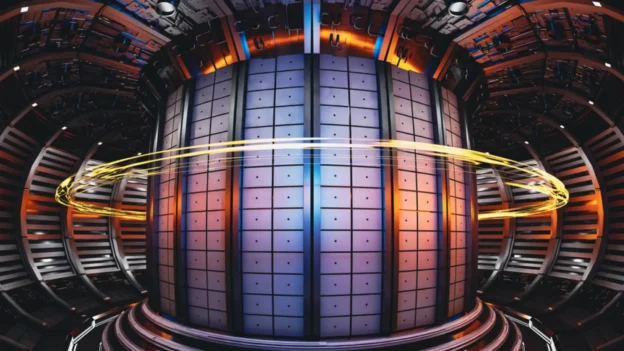A tool developed by MIT scientists could change the way energy is managed and harnessed at fusion reactors such as tokamaks. By integrating neural networks with physical models, the system can accurately predict plasma behavior during critical deceleration phases.
AI prediction model achieves stabilization of plasmas
Tokamaks , toroidal devices designed to contain plasma at temperatures in excess of 100 million degrees Celsius, face the challenge of safely ramping down the current when the plasma becomes unstable. This phase, known as“rampdown,” can cause damage if not precisely controlled.
The MIT team, in collaboration with the Swiss Plasma Center, trained a hybrid model that requires little data to anticipate plasma evolution. This is especially valuable given the high cost and limited availability of experimental data. Using records from the TCV tokamak in Switzerland, the tool demonstrated capabilities to suggest safe routes that succeeded in reducing plasma energy, without high-risk disruptions.
This model predicts behaviors, and generates control trajectories that systems can execute automatically, adjusting magnetic fields or temperatures in real time. This advance can help projects such as Commonwealth Fusion Systems‘ SPARC to achieve continuous, safe and efficient operation.
Tokamak technology and spherical construction. Source: Tokamak Energy
The development is part of a broader effort to equip fusion reactors with intelligent systems that avoid costly disruptions and improve reliability. Supported by European programs such as EUROfusion, the research demonstrates that the integration of AI and applied physics can bring fusion power closer to large-scale commercial use.
Source and photo: MIT

